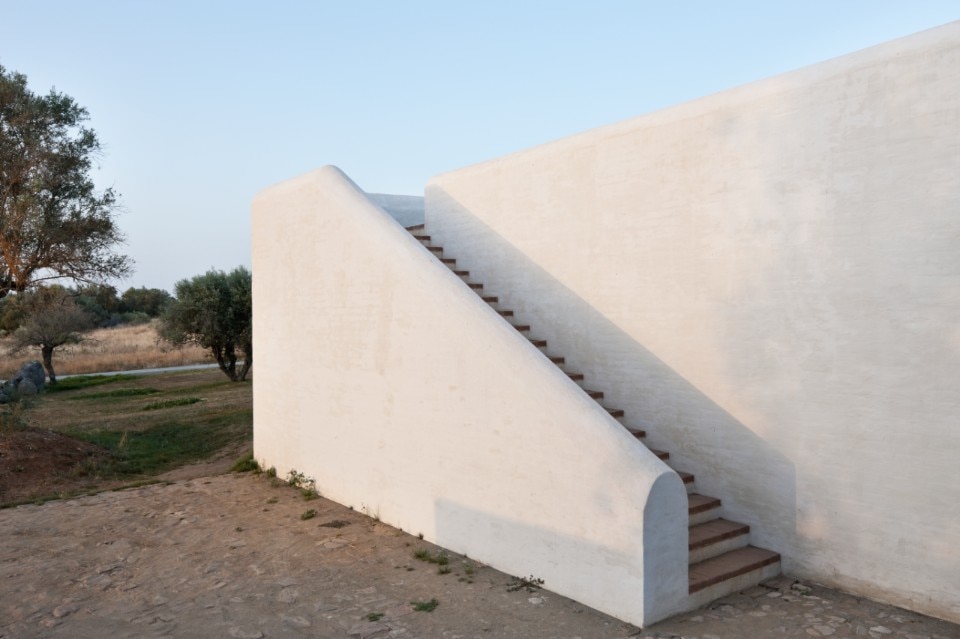
The whole collection begins from the cloth, which is not seen as an instrument with which to make an object, but designed from scratch for a specific artistic purpose.
Bonotto Editions aims to produce “small-scale archaeology of the future” as specified by Cristiano Seganfreddo. The products are intended as “samples of contemporary rarity to be experienced on a daily basis and handed down to future generations as if they were works of art.”
The first of these unique lines has been entrusted to the fashion designer Cesare Fabbri (for the accessories) and the designer Matteo Cibic (for the home-furnishing items). Fabbri's contribution is detached from the changing seasons. “The inspiration for my handbags comes from humble elements that are elevated to something precious. Fabric is used on the outside, and leather lines the inside of the bags,” says Fabbri.
“Paper shopping bags, dominoes, a memory of straw and a chessboard, chains that are a reference to the warp of a weave – all these are part of the imagination I used to design the fabrics that were then made by Bonotto for this collection. The accessories I designed include a shawl, which gives women an old-fashioned look that I love and think is well worth reviving for contemporary ladies. I was thinking of a recital by Maria Callas where she sings while holding a satin wrap. The challenge is to dress up without using clothes. I also played with the reverse perception of a handbag that looks like cardboard from far away, but is actually a very heavy fabric, specially studied and realised. My aim is to turn everyday life into design.”

Cibic, for his part, was chosen for his ability to mix different codes and atmospheres in an uncustomary way. “The brief was to create extraordinary pieces of furniture with a strong personality by using rich materials,” he explains. “My goal was to create a new landscape for interiors with velvet, brass and dark wood. The shapes are elementary and linear, however, with geometric and octagonal patterns. My studies began with metal chain-link patterns, which I then applied to velvet in order to make it shimmer even more.
Brass is satin-finished, engraved and magnified by a play of mirrors that reflect and duplicate these effects. The models were taken from the past, for example the magic mirrors seen in paintings by Johannes Vermeer, and objects that are no longer produced by the leading companies and now belong to the history of French and Italian furniture. I reinterpreted them in a contemporary key, something that can be seen in my cabinet piece with the multiple mirrors.”

April 14–19, 2015
Bonottoeditions
Via Durini 24, Milano

Discovering Montreux, Lausanne, and Geneva
From the Olympic Museum in Lausanne to the Science Gateway designed by Renzo Piano and the enchanting Christmas markets, Switzerland offers a perfect car-free escape filled with beauty, culture, and holiday magic.











